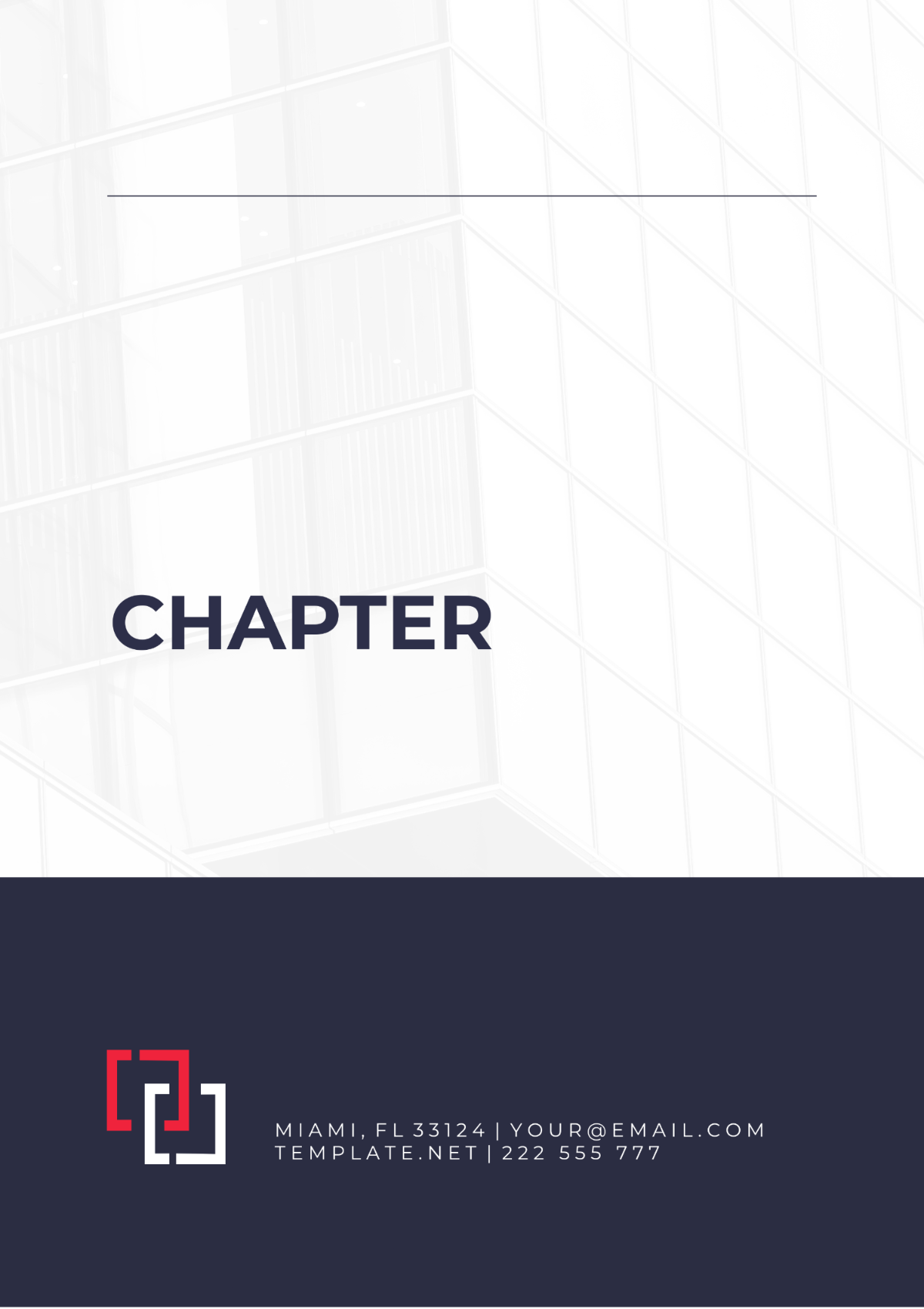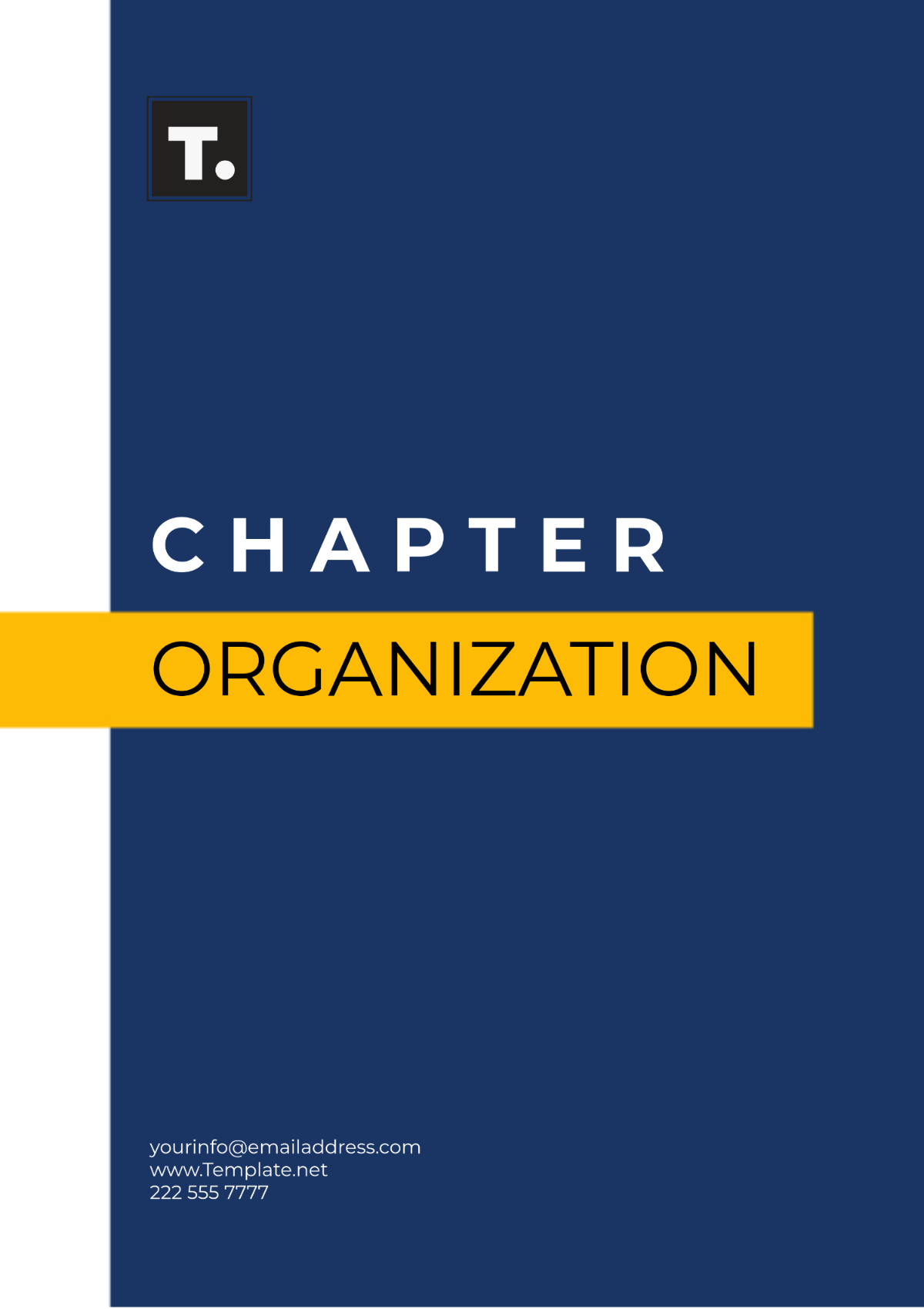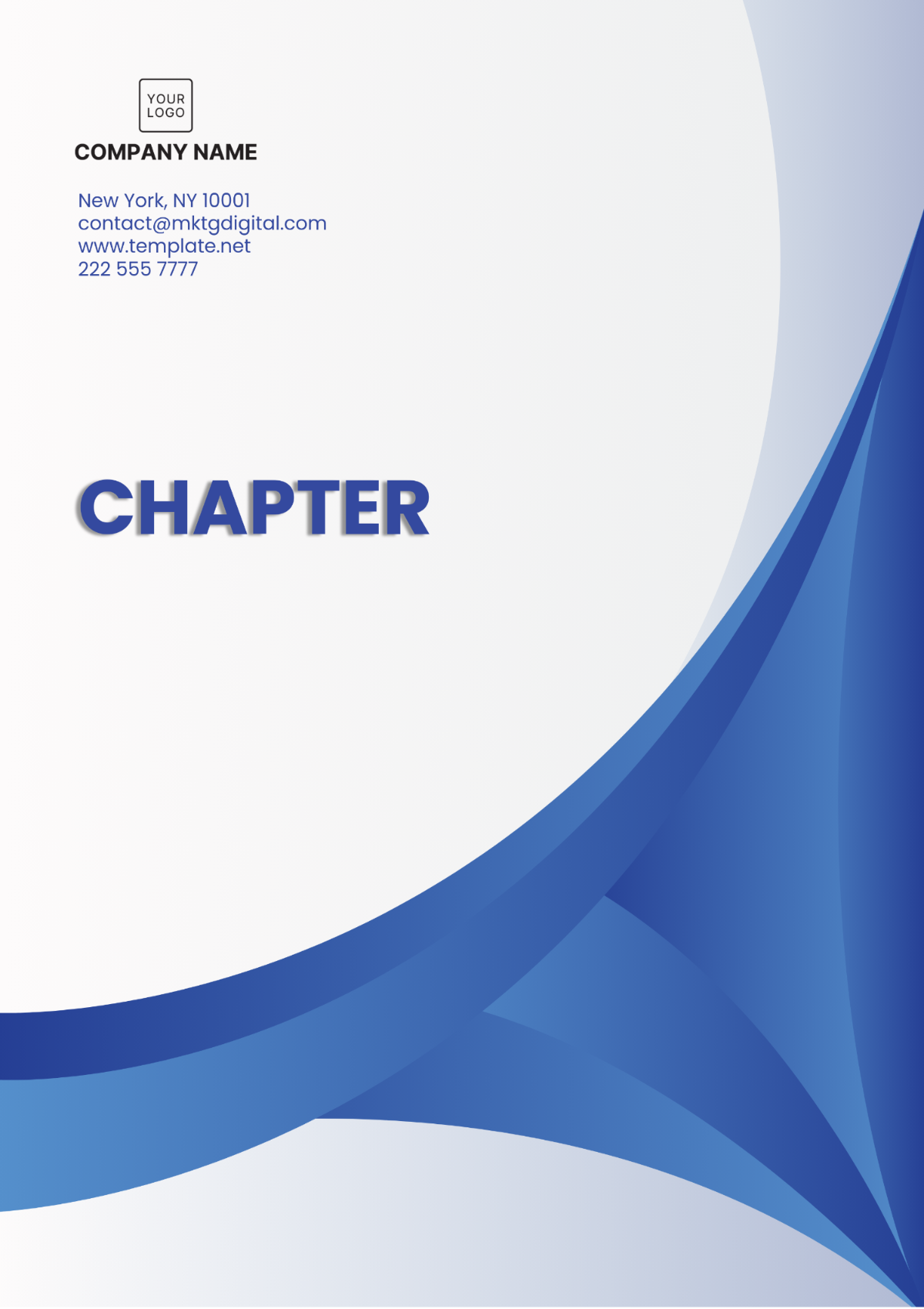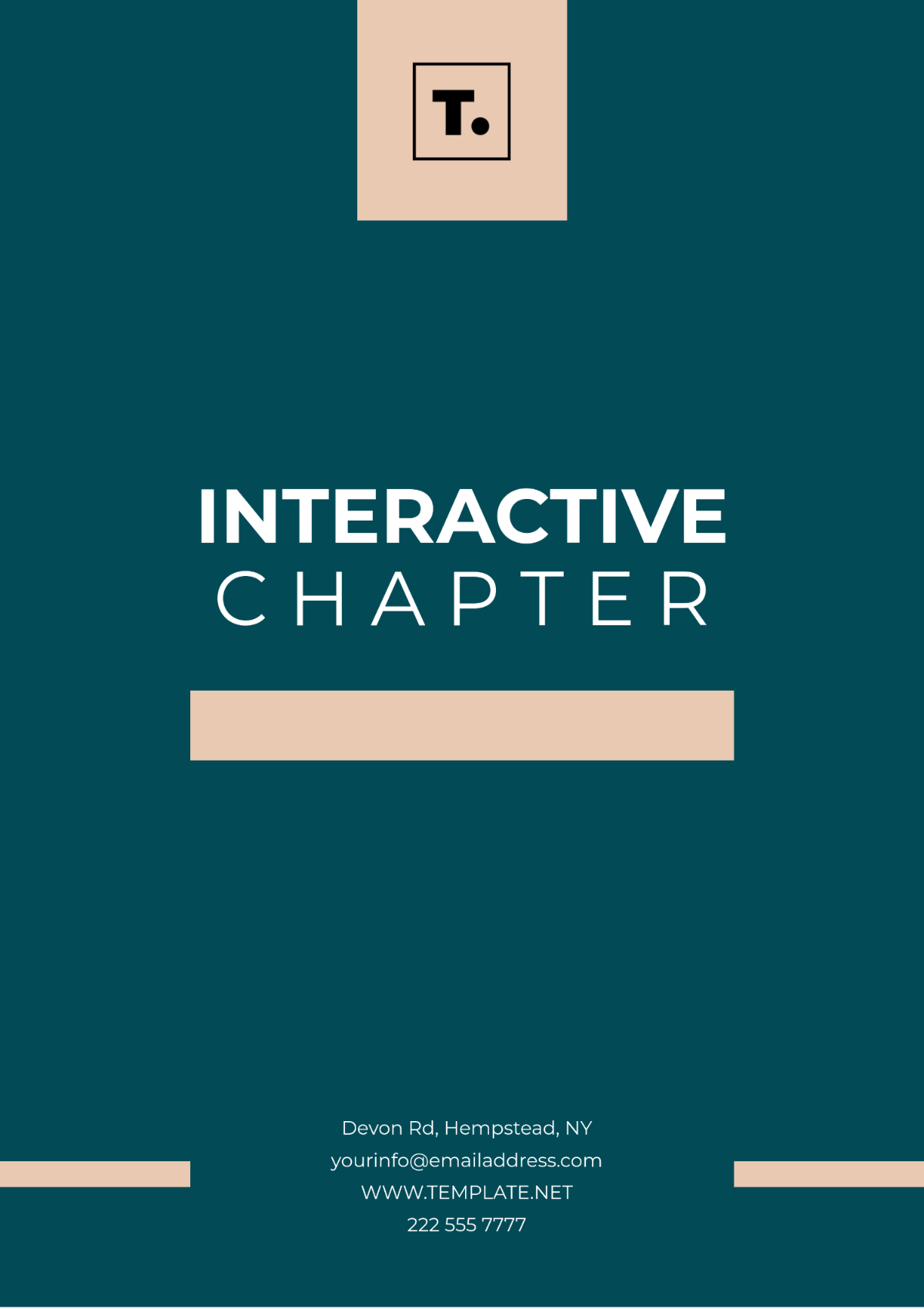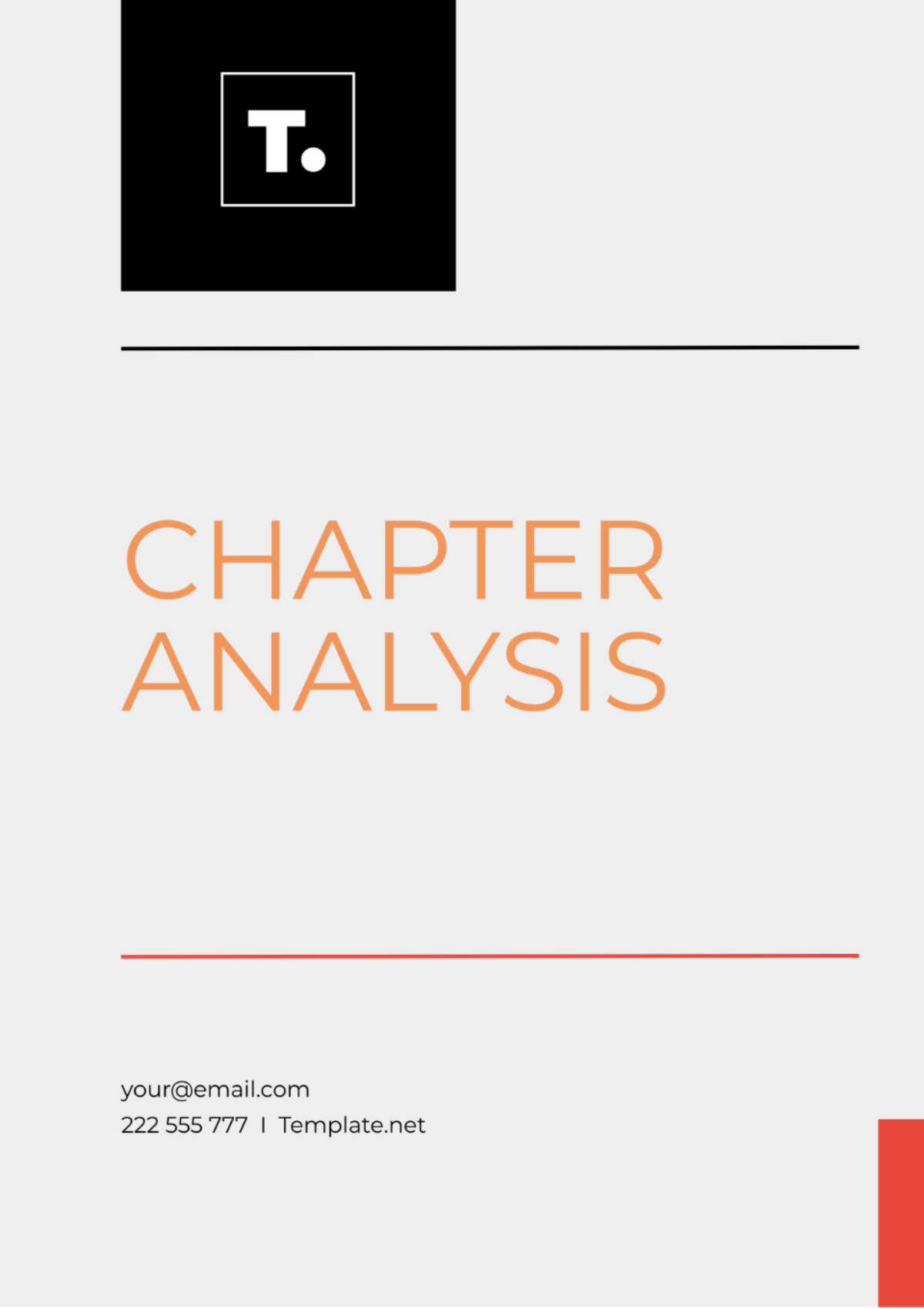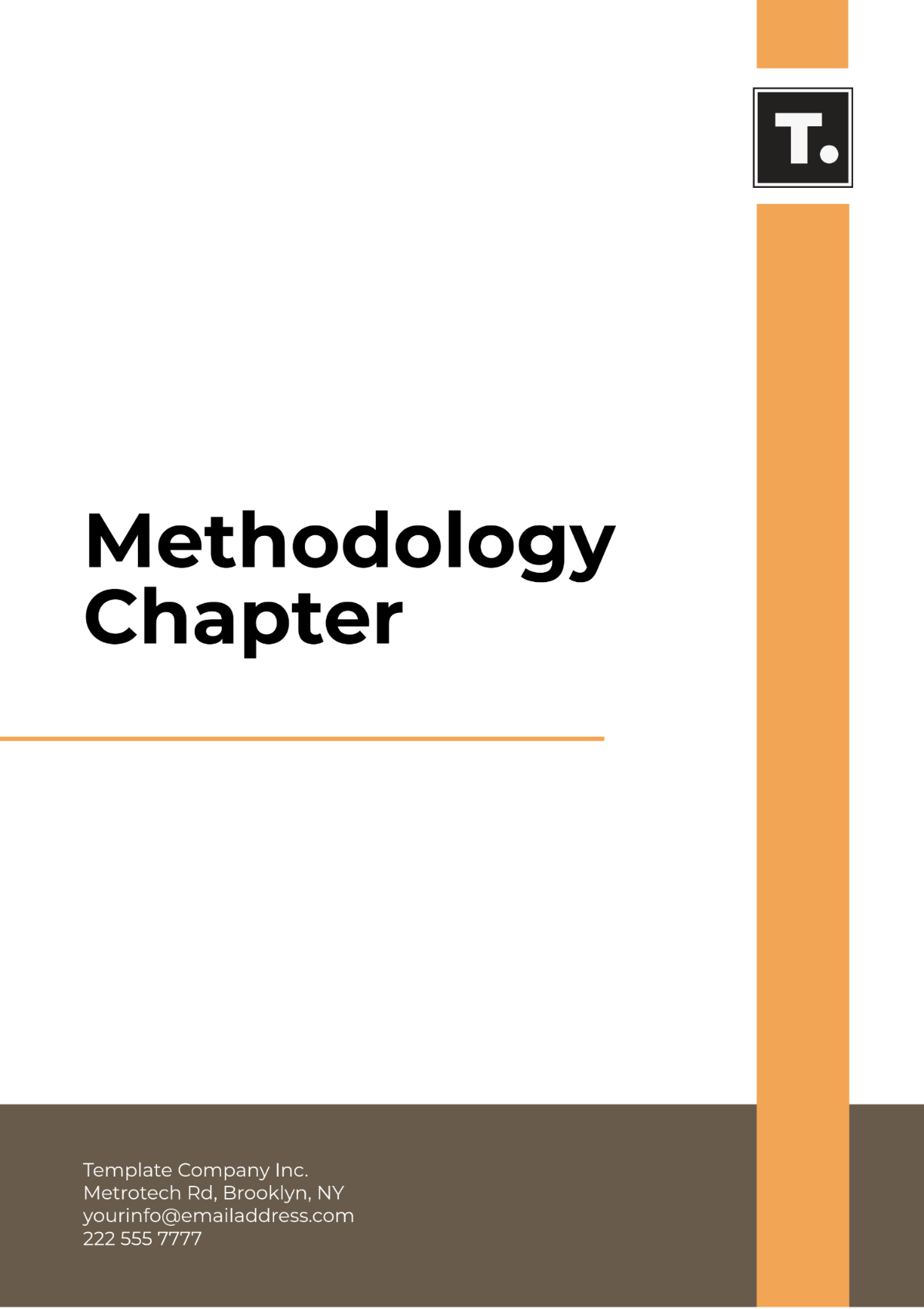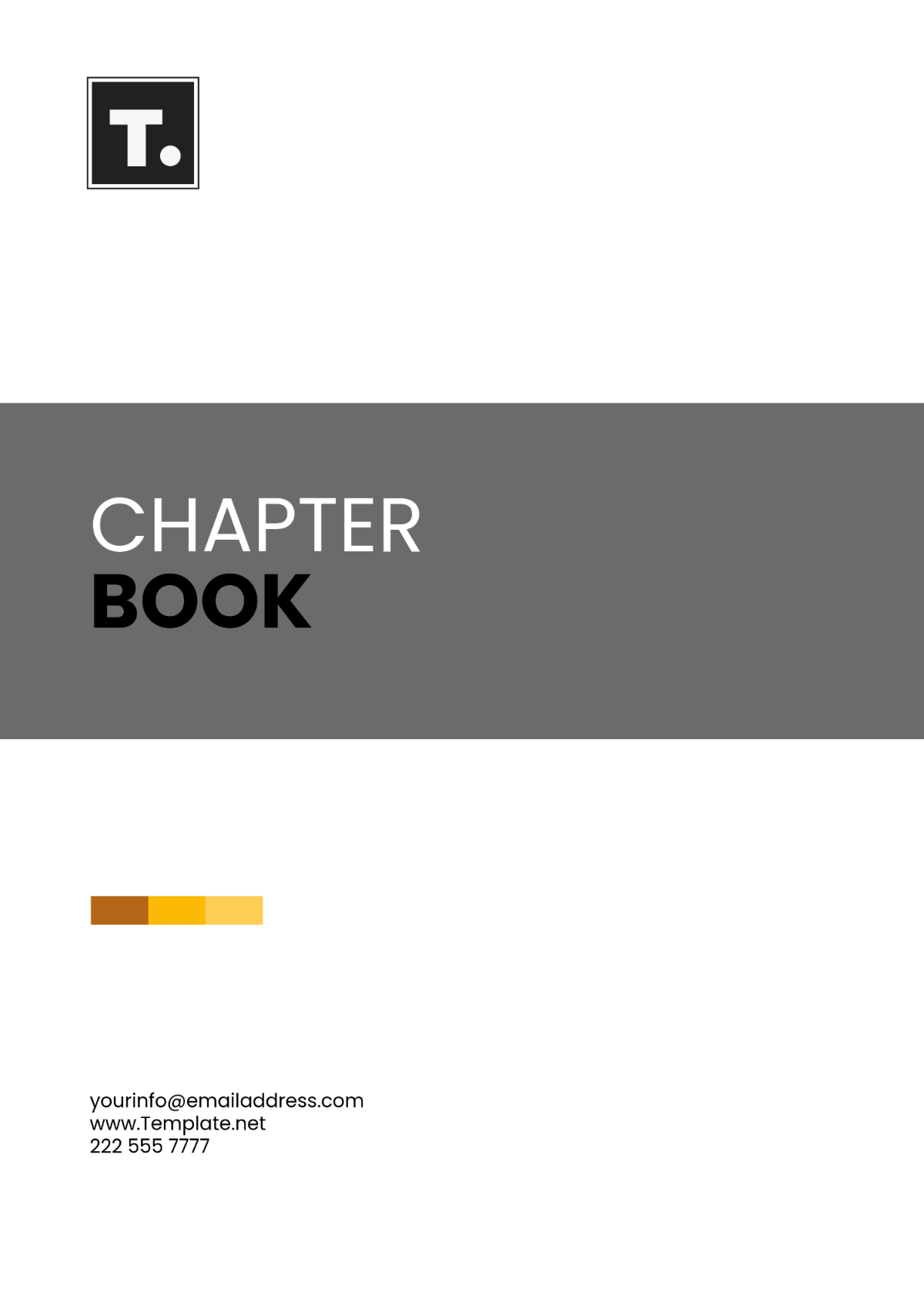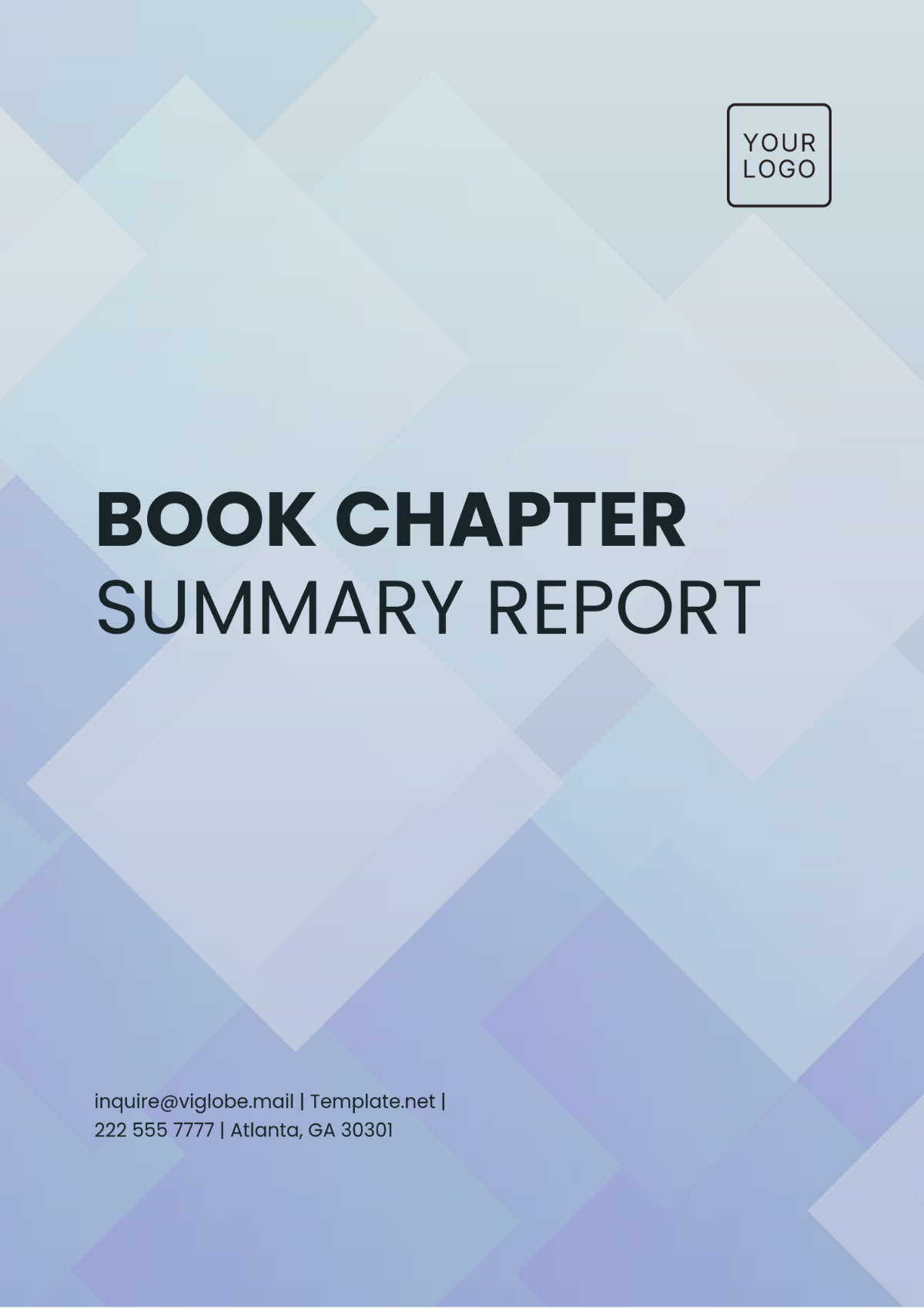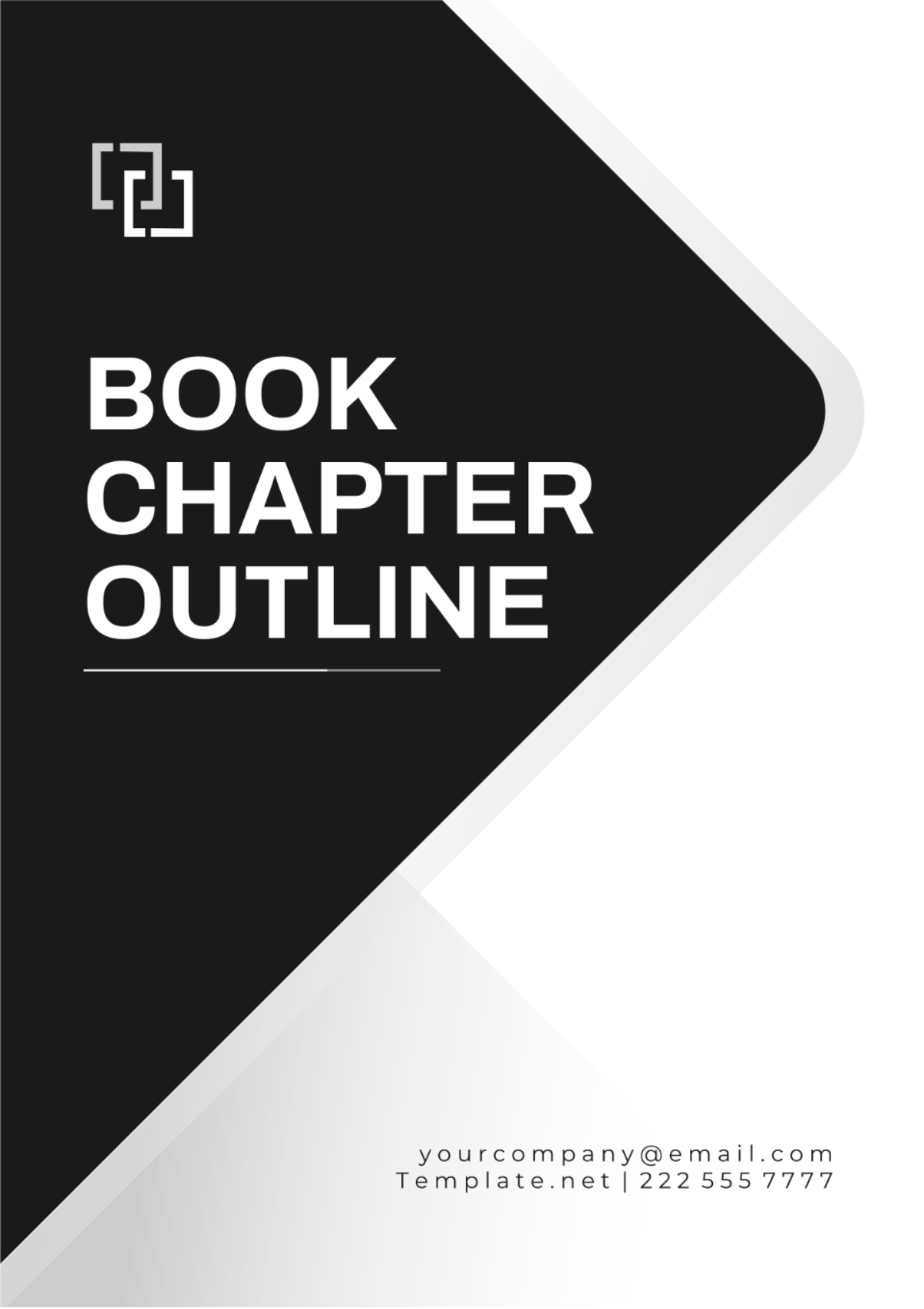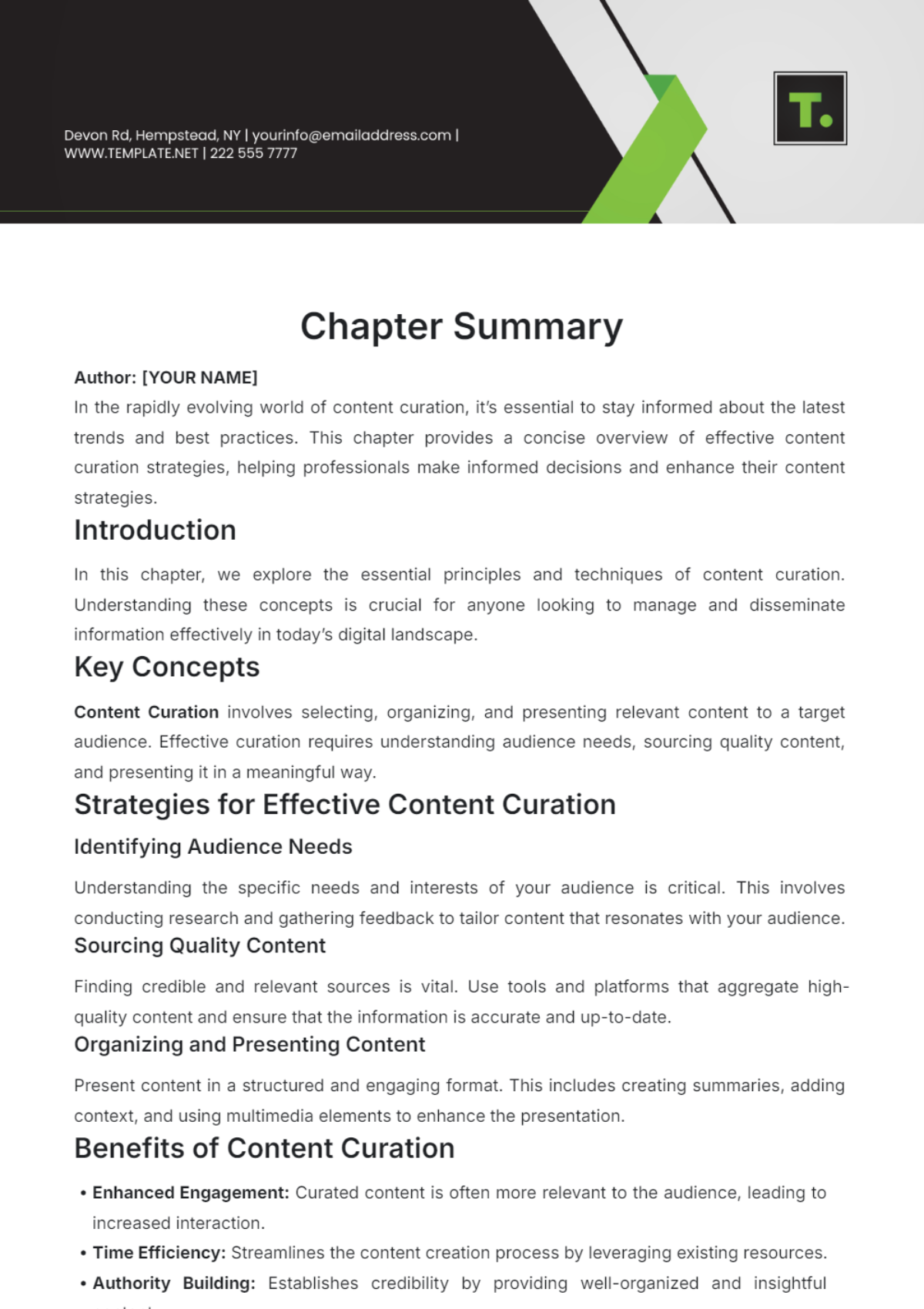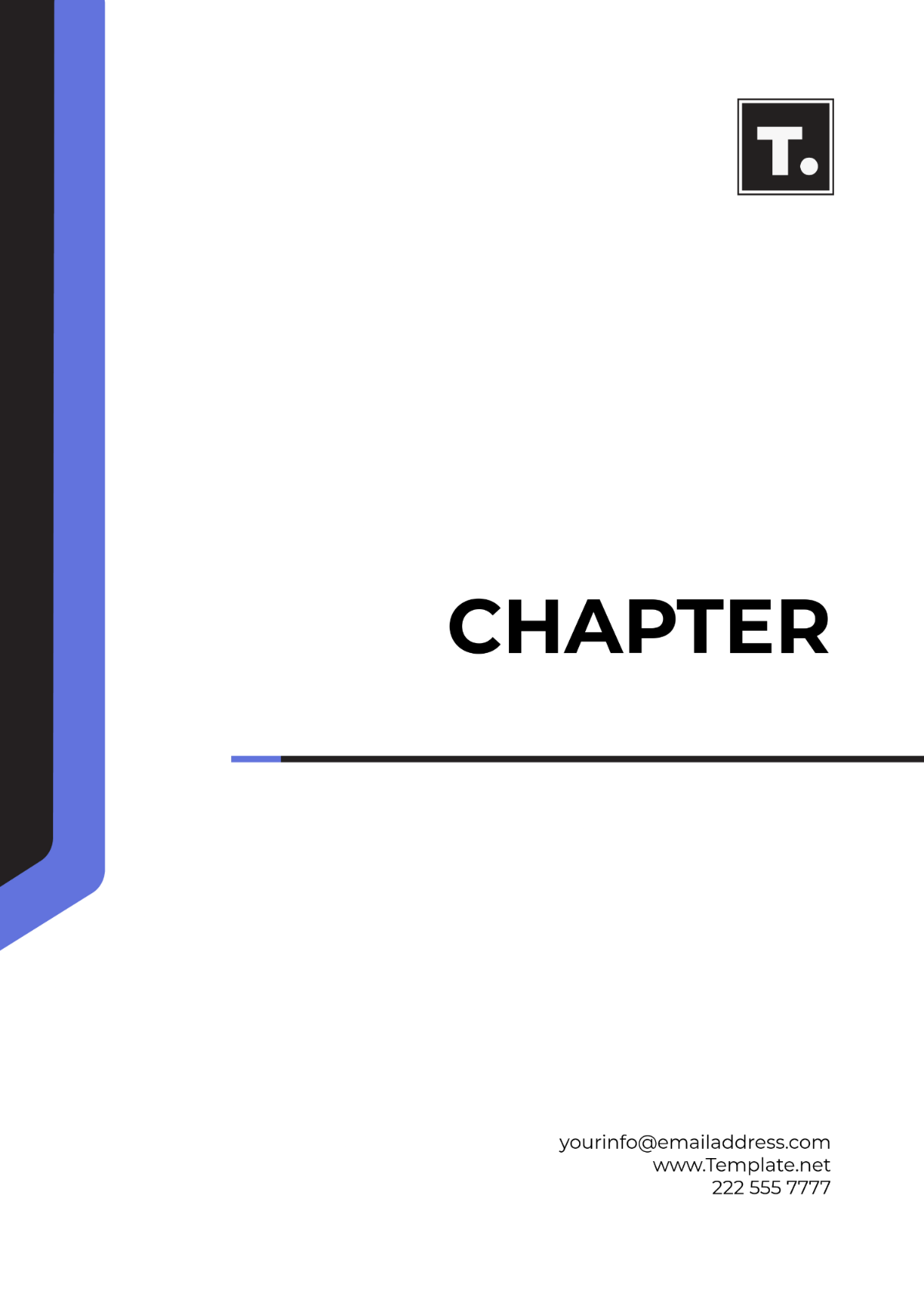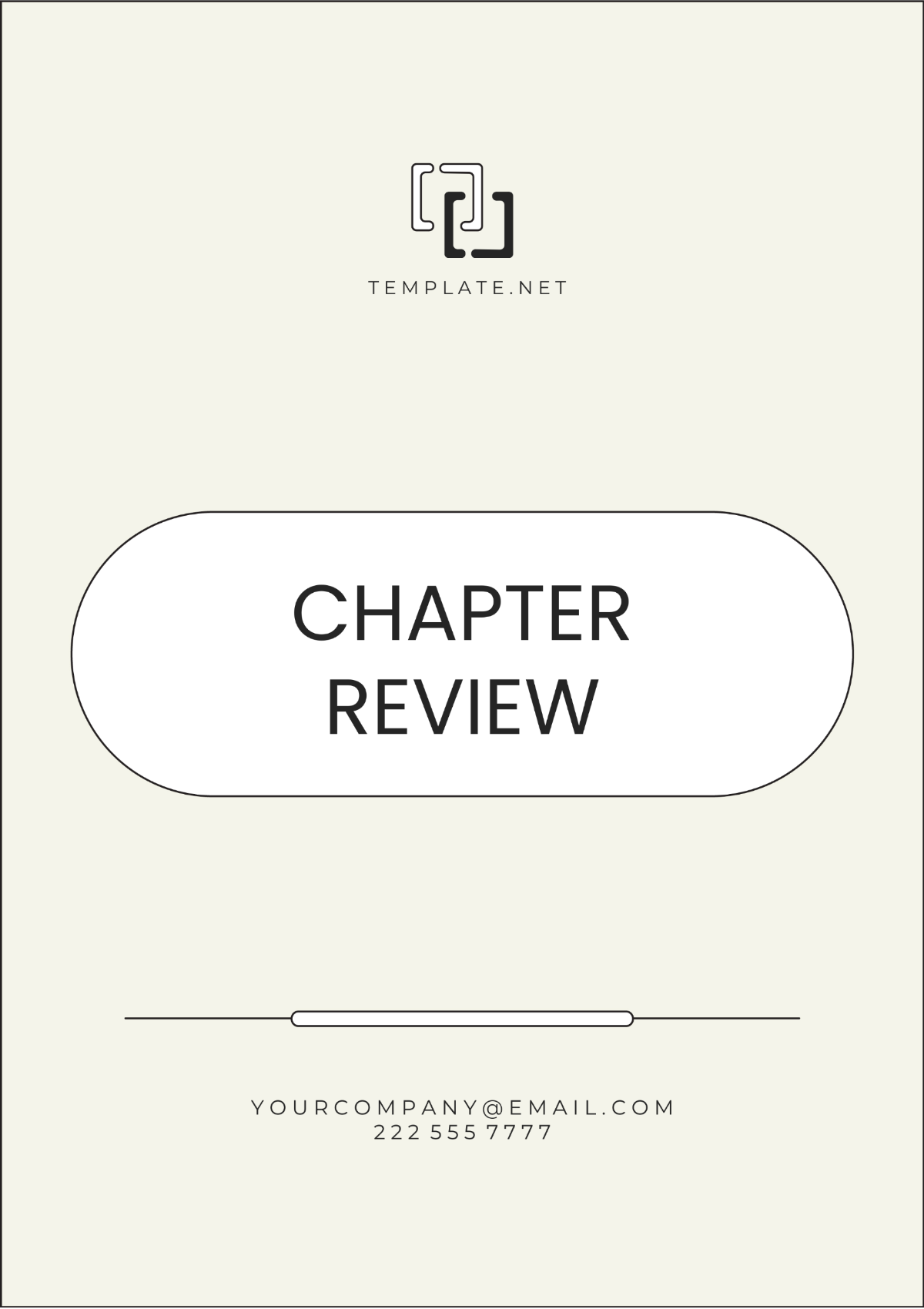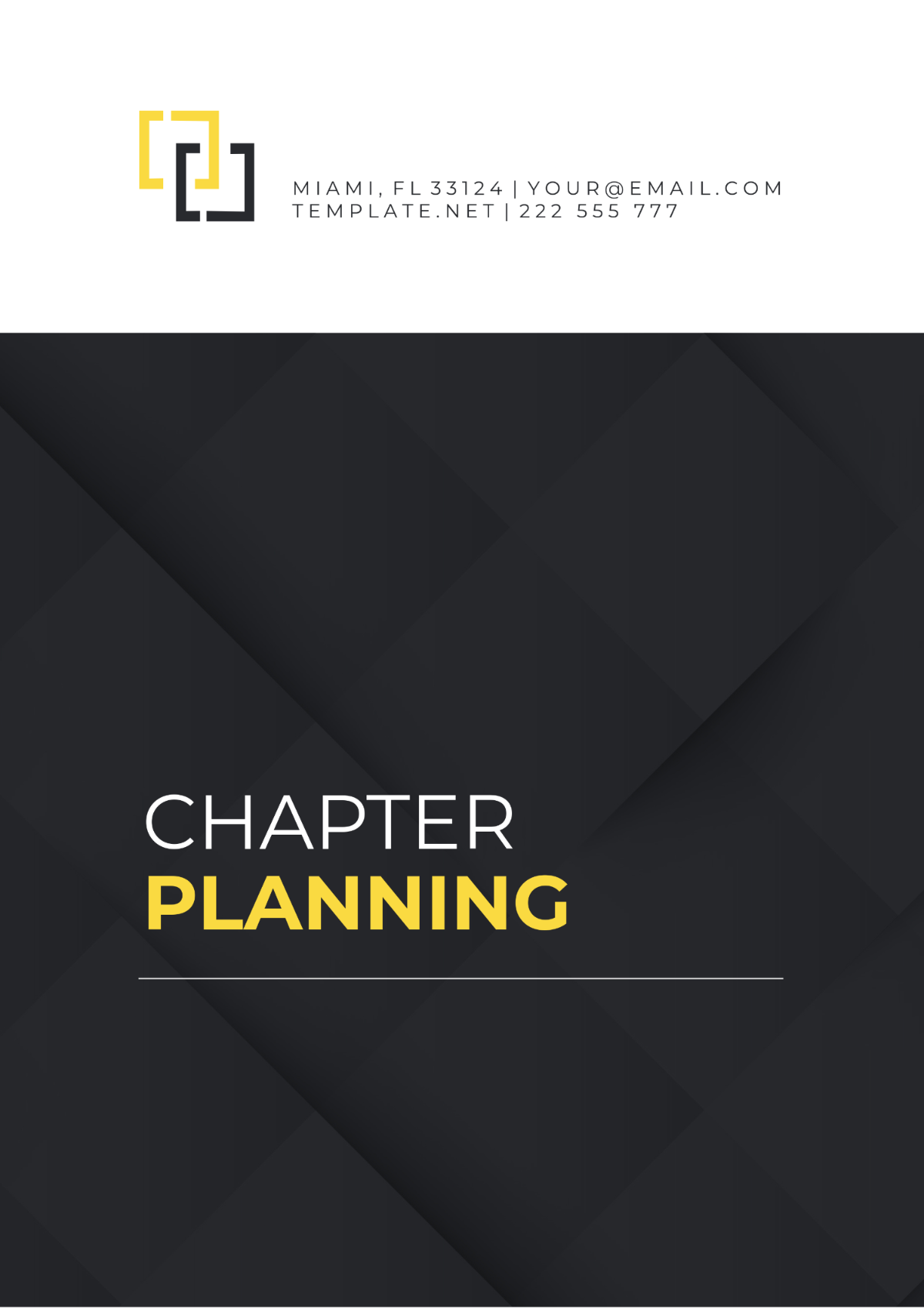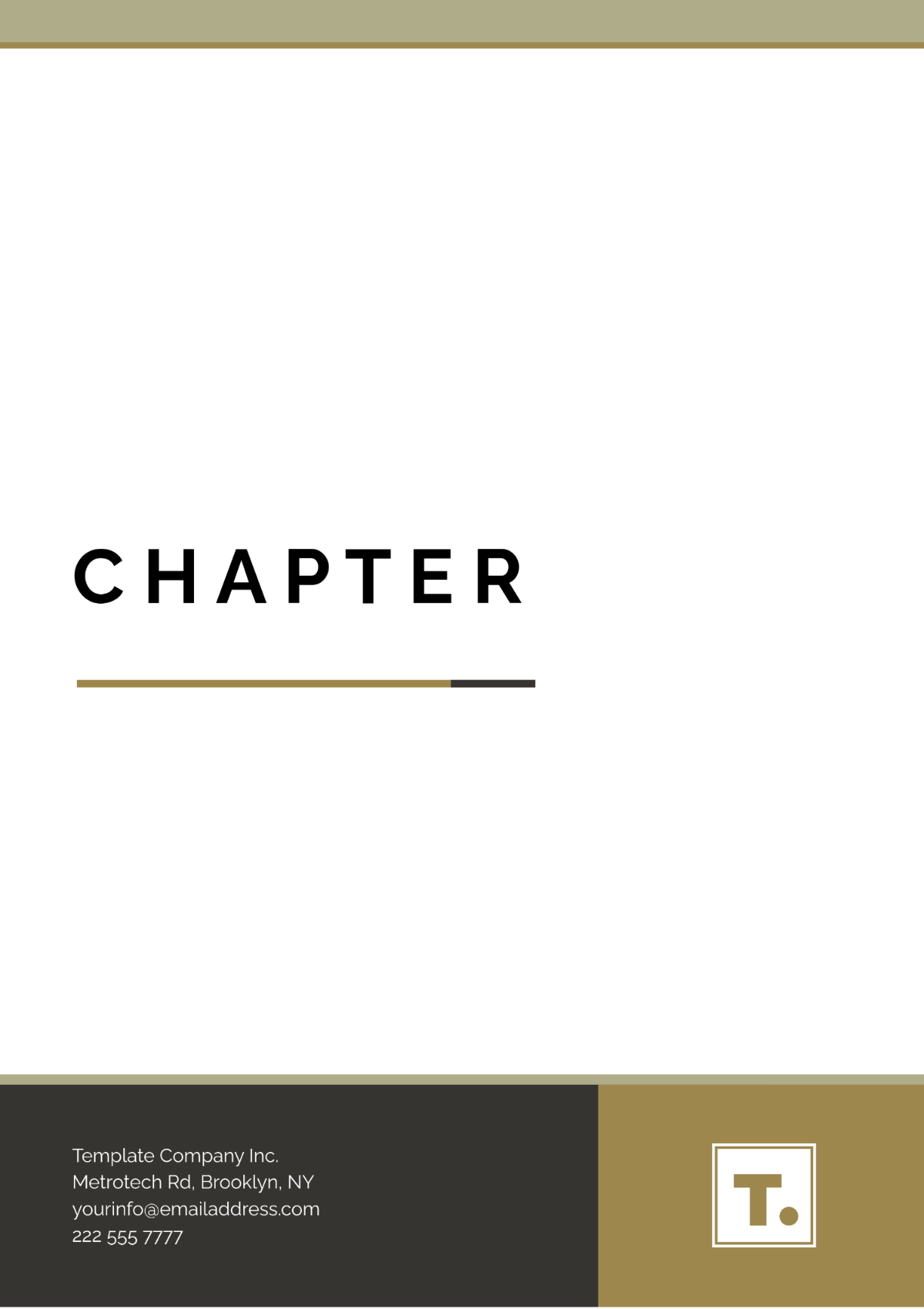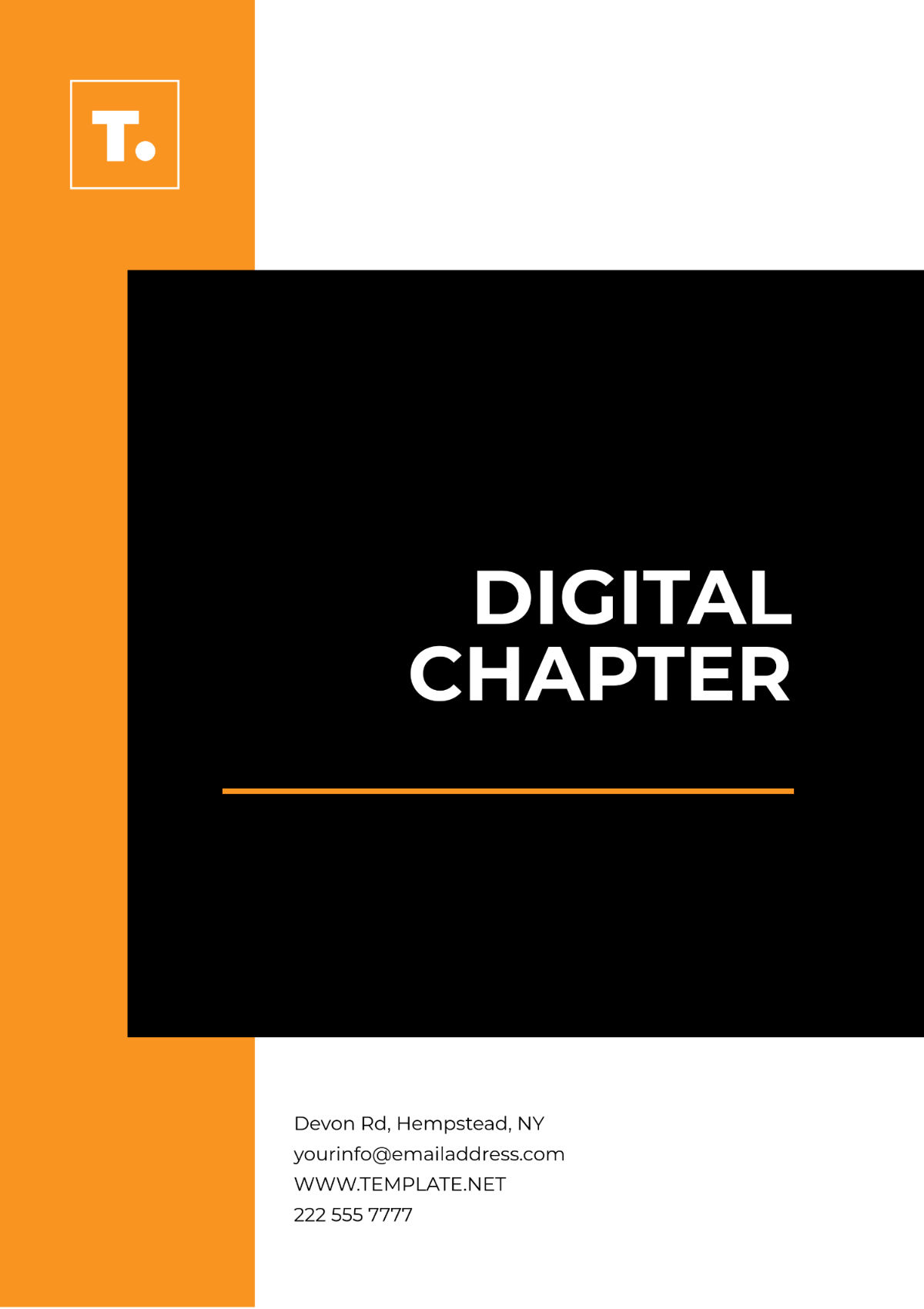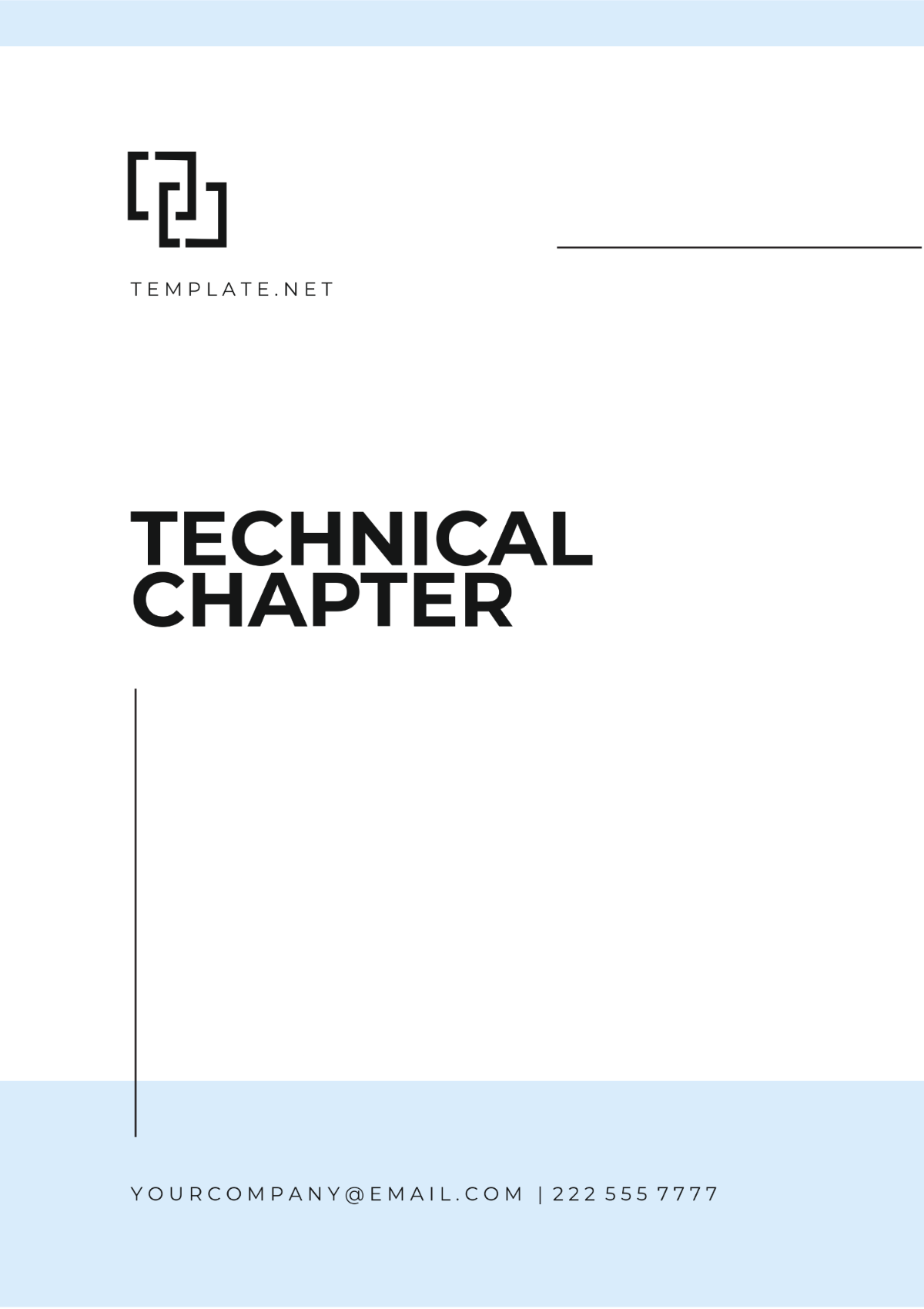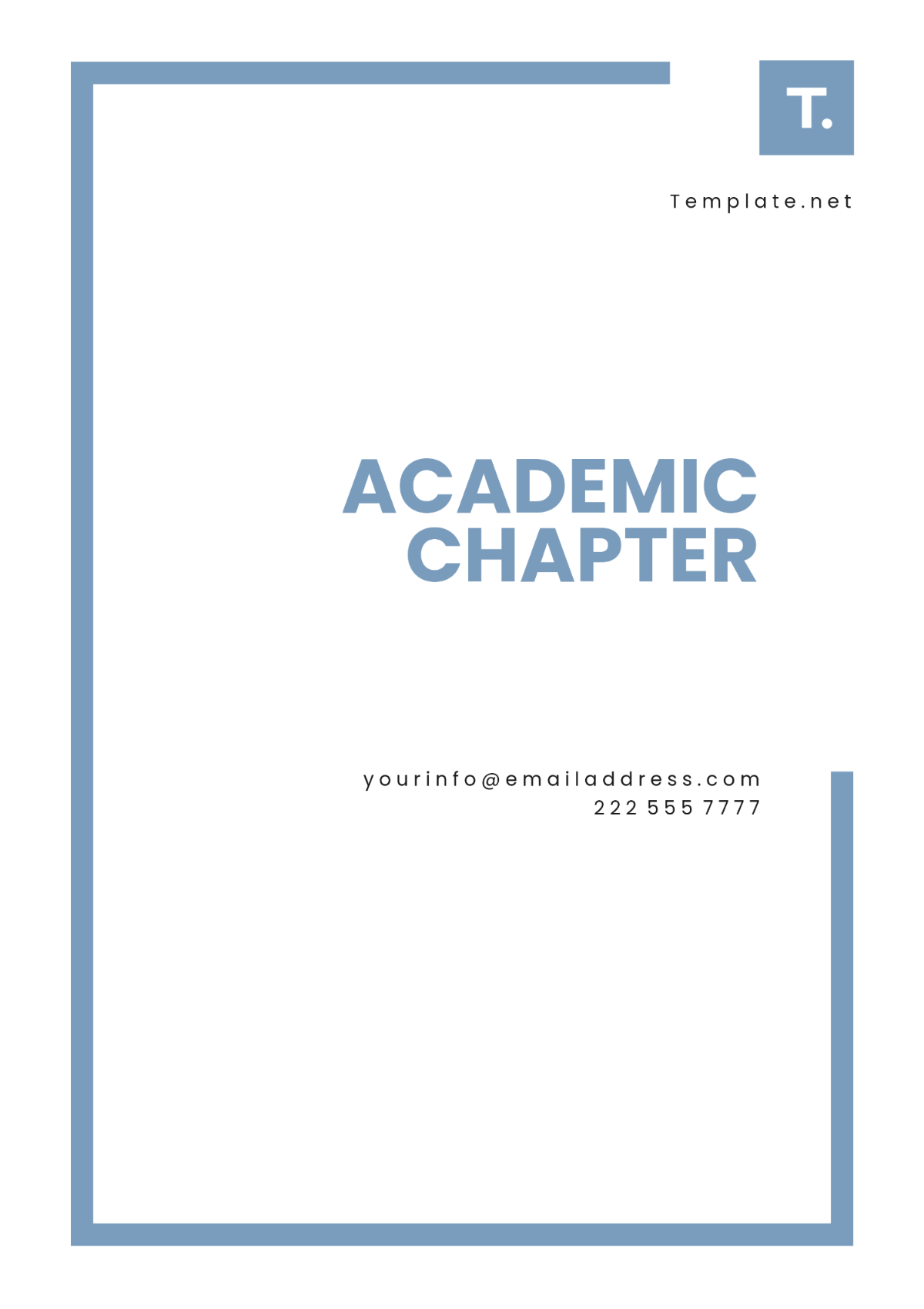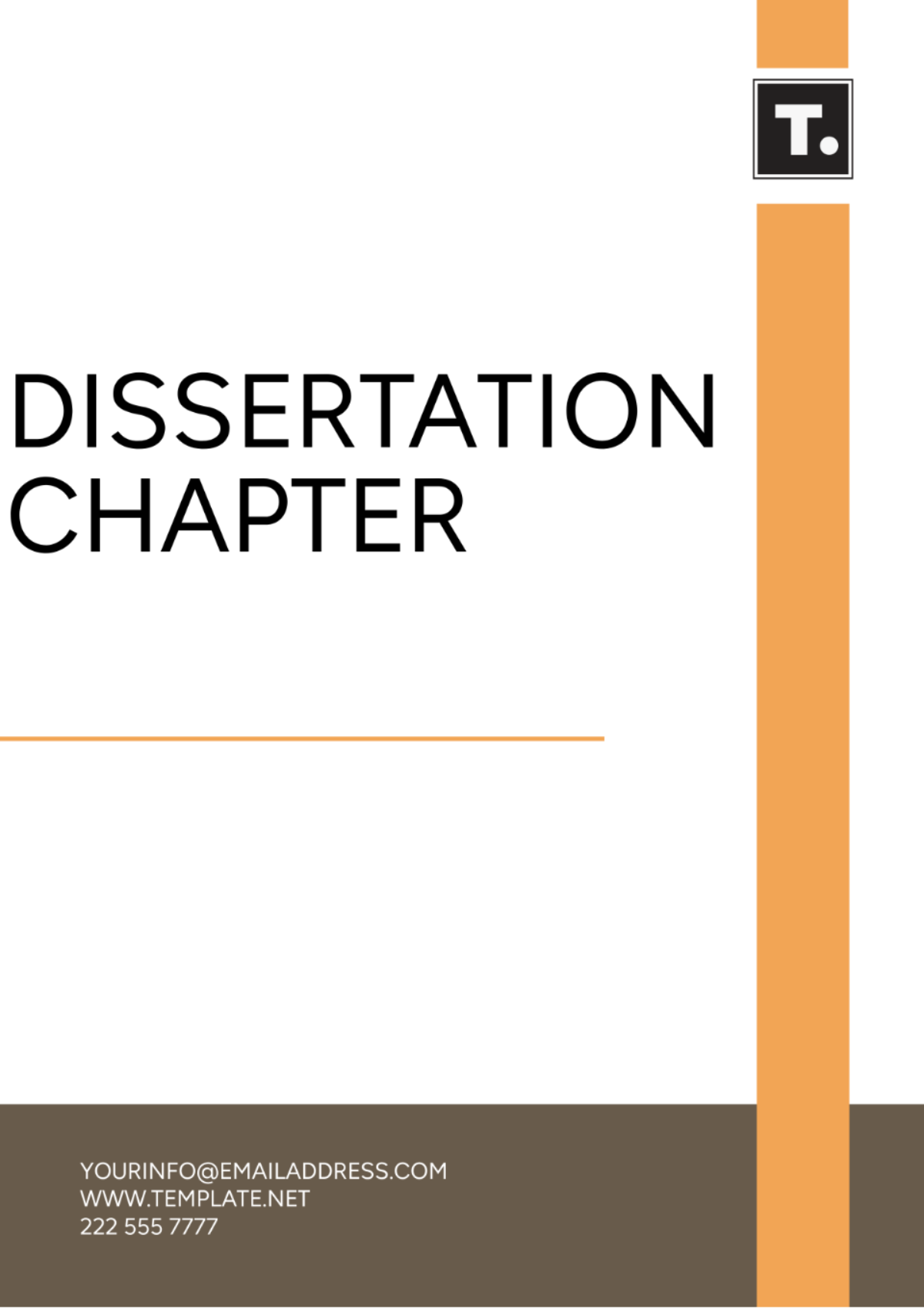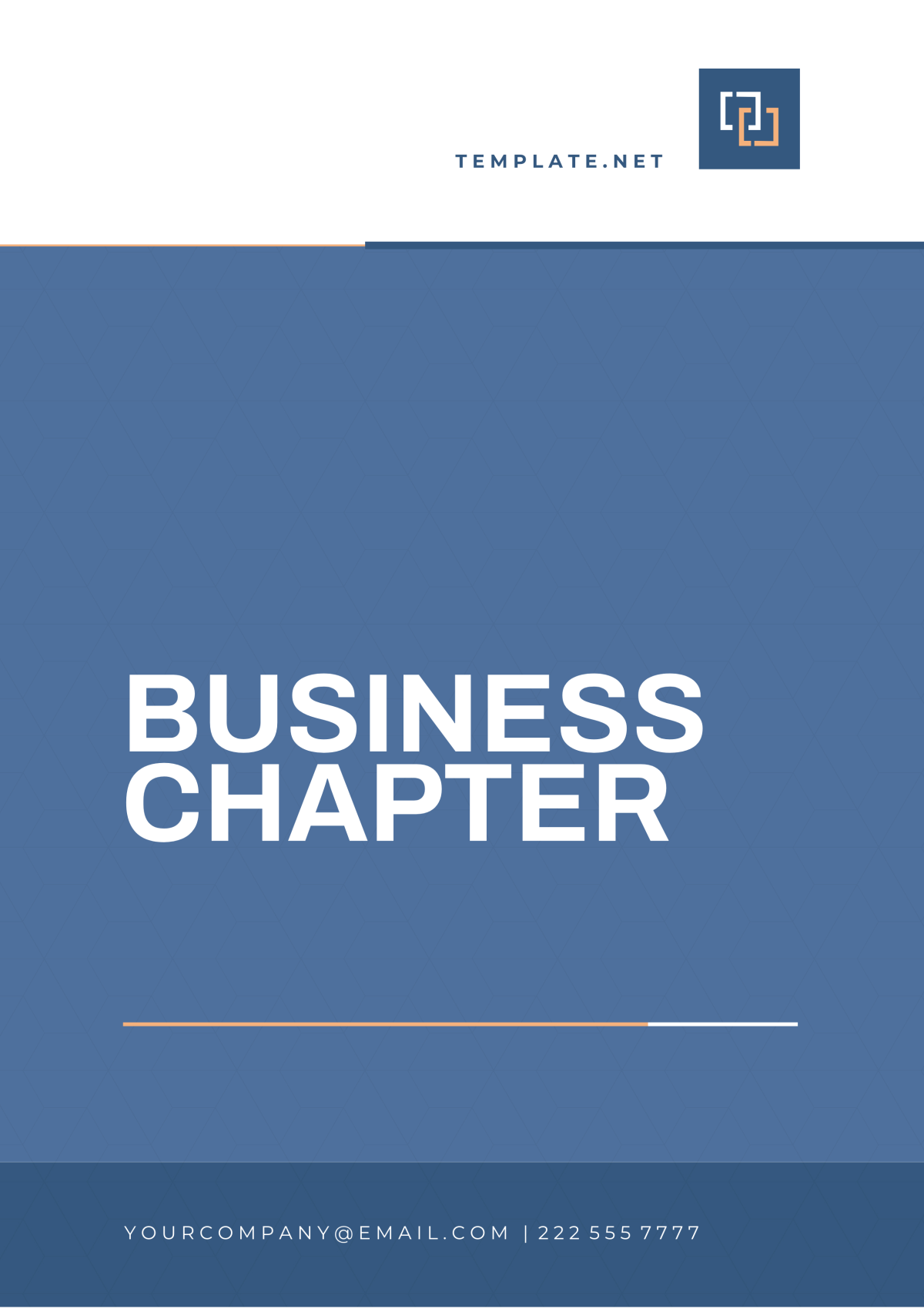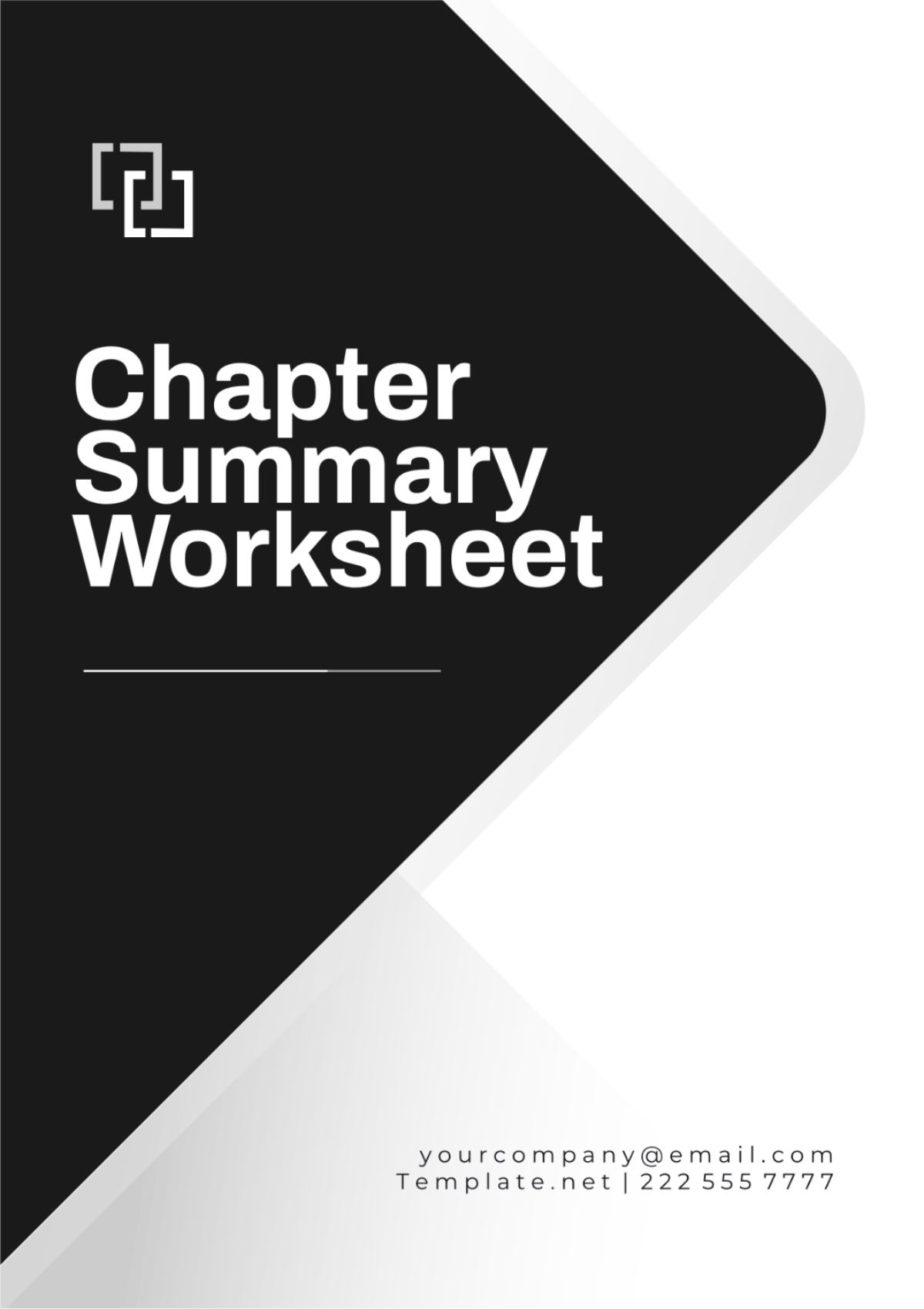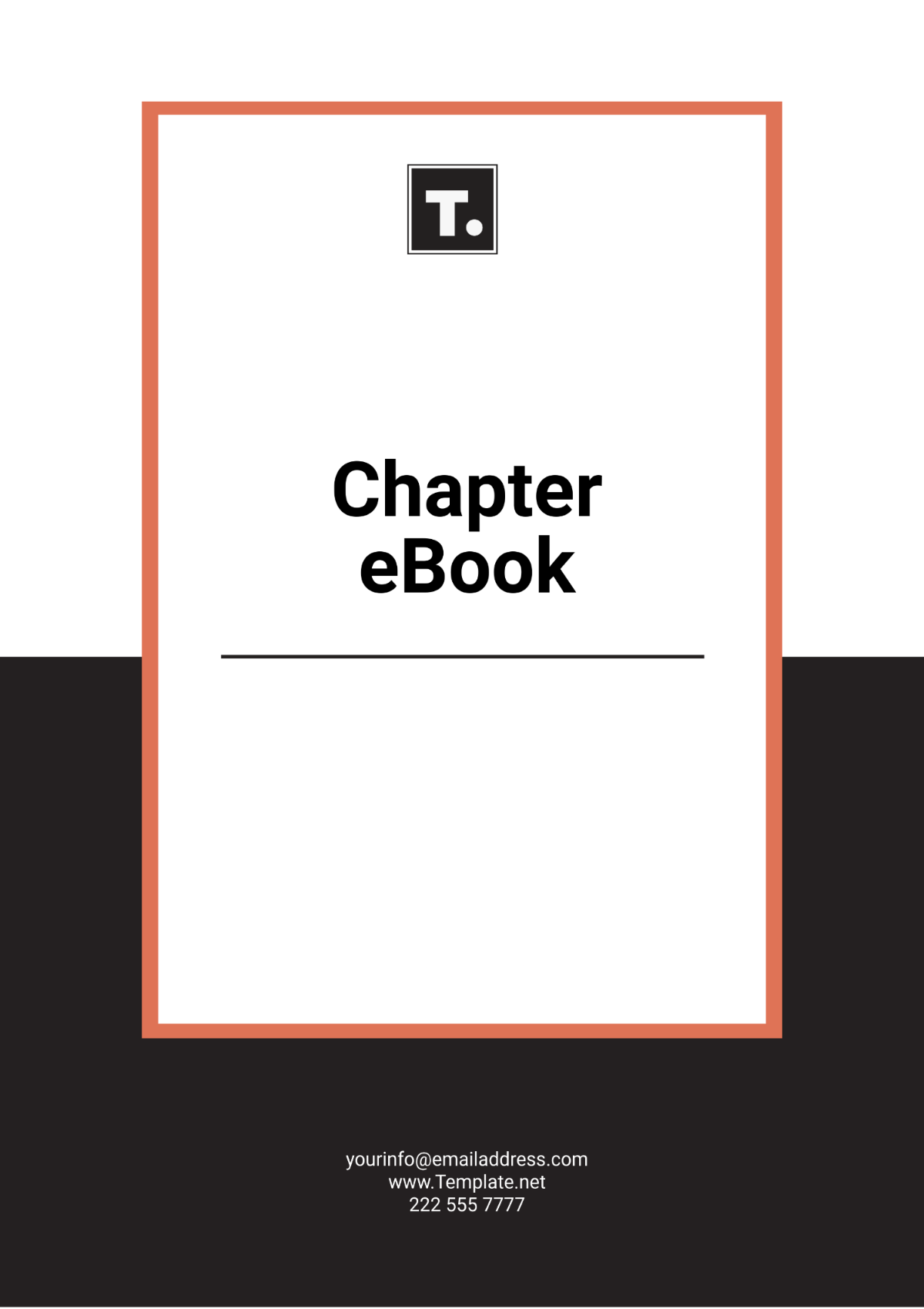Free Office Coordination Chapter Outline Template
Office Coordination Chapter Outline
Prepared by: [Your Name]
Date: [Date]
1. Introduction to Office Coordination
Office coordination plays a pivotal role in ensuring the seamless operation of an organization. It encompasses the management of communication, scheduling, documentation, and supplies, aiming to foster a productive and collaborative work environment.
1.1 Definition and Importance
Definition: Office coordination involves overseeing various administrative tasks that facilitate smooth office operations, such as managing schedules, handling communication, and organizing office resources.
Importance: Effective coordination enhances overall productivity by streamlining processes, reducing errors, and supporting organizational goals.
1.2 Key Responsibilities of Office Coordinators
Managing Schedules and Meetings: Coordinating appointments, organizing meetings, and ensuring no scheduling conflicts.
Handling Communication and Correspondence: Managing internal and external communication, including emails, phone calls, and memos.
Organizing Office Supplies and Inventory: Tracking inventory levels, ordering supplies, and maintaining necessary stock.
Coordinating Events and Activities: Planning and executing office events, such as team-building activities and client meetings.
1.3 Overview of Office Coordination Skills
Organizational Abilities: Ability to manage multiple tasks and priorities effectively.
Communication Skills: Proficiency in both verbal and written communication.
Proficiency in Office Software and Tools: Familiarity with software such as Microsoft Office Suite and Google Workspace.
Problem-solving and Multitasking: Capability to handle unexpected issues and juggle various responsibilities.
2. Organizational Structure
Understanding the organizational structure is essential for effective office coordination. It defines roles, responsibilities, and reporting lines within the office.
2.1 Hierarchical Structure
Roles and Responsibilities: Office coordinators often report to administrative managers or department heads. Their responsibilities include overseeing daily operations and coordinating with various departments.
Reporting Lines: Coordinators interact with different departments to facilitate communication and ensure that organizational goals are met.
2.2 Team Dynamics
Collaboration Strategies: Establish regular meetings and utilize communication tools to enhance collaboration and information sharing among team members.
Conflict Resolution: Address conflicts through open dialogue, mediation, and implementing solutions that foster a positive work environment.
3. Office Communication
Effective communication is crucial for maintaining an organized and efficient workplace.
3.1 Internal Communication
Methods: Utilize email, scheduled meetings, and internal memos to disseminate information and updates.
Tools and Software: Employ communication platforms like Slack and Microsoft Teams for real-time interactions and project management.
3.2 External Communication
Handling Client Queries: Respond to client inquiries in a timely and professional manner, ensuring clear and accurate information is provided.
Professional Etiquette: Maintain a respectful and courteous tone in all external communications to uphold the organization's image.
4. Scheduling and Time Management
Effective scheduling and time management are key to optimizing office operations and productivity.
4.1 Calendar Management
Scheduling Meetings: Use digital calendars to schedule and track meetings, ensuring no conflicts.
Managing Appointments: Organize personal and professional appointments to ensure efficient use of time and avoid overlaps.
4.2 Prioritization Techniques
Task Prioritization: Implement methods such as the Eisenhower Matrix to categorize tasks based on urgency and importance.
Time Blocking: Allocate specific time slots for various tasks and activities to enhance focus and productivity.
5. Document and Data Management
Proper management of documents and data ensures efficiency, accuracy, and security.
5.1 File Organization
Digital vs. Physical Files: Develop systems for managing both digital and physical files, including categorization and storage methods.
Filing Systems: Use alphabetical or numerical filing systems to organize and retrieve documents easily.
5.2 Data Entry and Maintenance
Accuracy and Security: Ensure data accuracy and implement security measures to protect sensitive information.
Tools: Utilize tools such as Microsoft Excel for data entry and management, and database software for more complex data handling.
6. Office Supplies and Inventory
Efficient management of office supplies and inventory is crucial for maintaining smooth operations.
6.1 Inventory Management
Tracking Supplies: Monitor inventory levels regularly and track usage to prevent shortages or overstocking.
Ordering and Replenishment: Establish a system for ordering supplies and scheduling regular replenishment to maintain necessary stock levels.
6.2 Budgeting and Cost Control
Expense Tracking: Maintain detailed records of office expenses to manage the budget effectively and identify areas for cost savings.
Cost Reduction Strategies: Explore opportunities for reducing costs, such as negotiating with suppliers and optimizing supply usage.
7. Meeting Coordination
Effective meeting coordination ensures productive discussions and outcomes.
7.1 Meeting Planning
Setting Agendas: Prepare and distribute meeting agendas in advance to guide discussions and ensure all relevant topics are covered.
Inviting Participants: Confirm the availability of all necessary stakeholders and send invitations well in advance.
7.2 Meeting Execution
Facilitation Tips: Manage the meeting by keeping discussions on track, addressing issues promptly, and ensuring all participants have an opportunity to contribute.
Note-Taking and Follow-Up: Document key points, decisions, and action items, and follow up to ensure that tasks are completed as planned.
8. Event Planning and Management
Successful planning and management of office events contribute to team morale and client relations.
8.1 Types of Office Events
Team-Building Activities: Organize activities designed to enhance team cohesion and collaboration.
Client Events: Plan events such as product launches or appreciation dinners to strengthen client relationships and showcase the company’s achievements.
8.2 Event Logistics
Venue Selection: Choose venues that are appropriate for the event size and purpose, considering factors such as location and facilities.
Catering and Entertainment: Arrange catering services and entertainment options to enhance the overall event experience.
9. Health and Safety Regulations
Adhering to health and safety regulations is crucial for creating a safe and compliant work environment.
9.1 Office Safety Protocols
Emergency Procedures: Develop and communicate procedures for emergencies such as fires or medical incidents to ensure employee safety.
First Aid and Safety Kits: Ensure that first aid kits are readily available and that staff are trained in basic first aid procedures.
9.2 Ergonomics
Workspace Design: Design workspaces to promote good posture and minimize physical strain, including ergonomic furniture and equipment.
Preventing Repetitive Strain Injuries: Implement practices and guidelines to prevent repetitive strain injuries and promote overall health.
10. Technology and Professional Development
Leveraging technology and pursuing professional development are essential for maintaining efficiency and advancing career growth.
10.1 Technology and Office Tools
Office Software: Utilize productivity tools such as Microsoft Office Suite and Google Workspace to streamline daily tasks and improve efficiency.
IT Support and Troubleshooting: Address common technical issues and collaborate with IT teams to resolve complex problems and implement technology upgrades.
10.2 Professional Development
Skill Enhancement: Participate in training programs, workshops, and obtain certifications to improve skills and advance career opportunities.
Career Advancement: Explore career pathways within office coordination and related fields, and engage in networking to connect with industry professionals.
